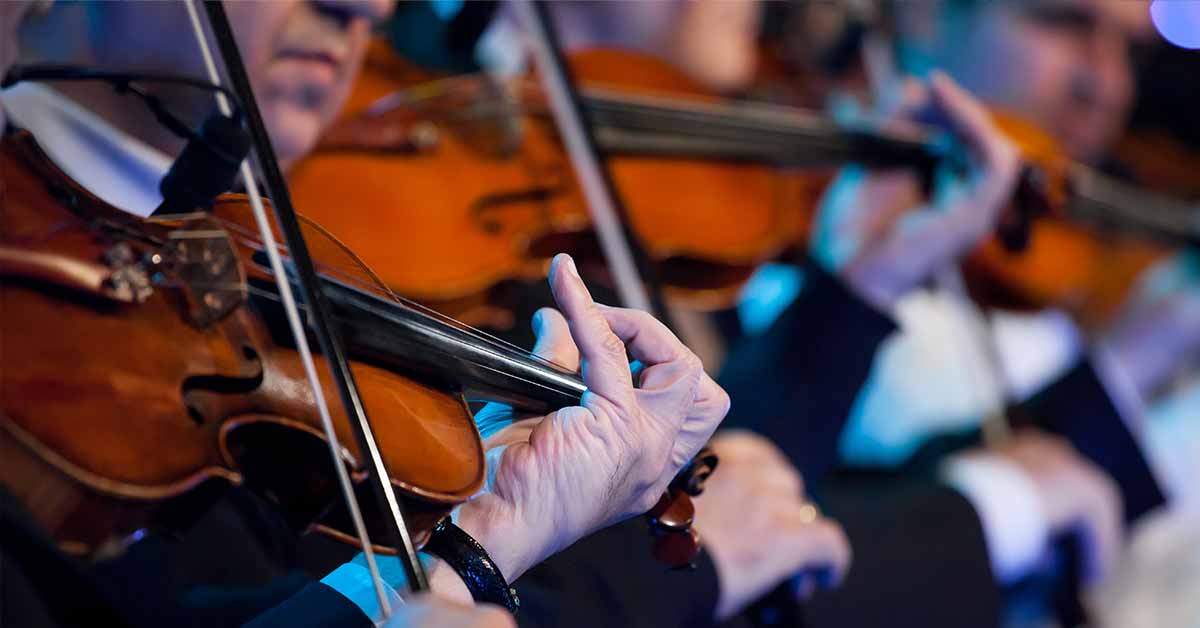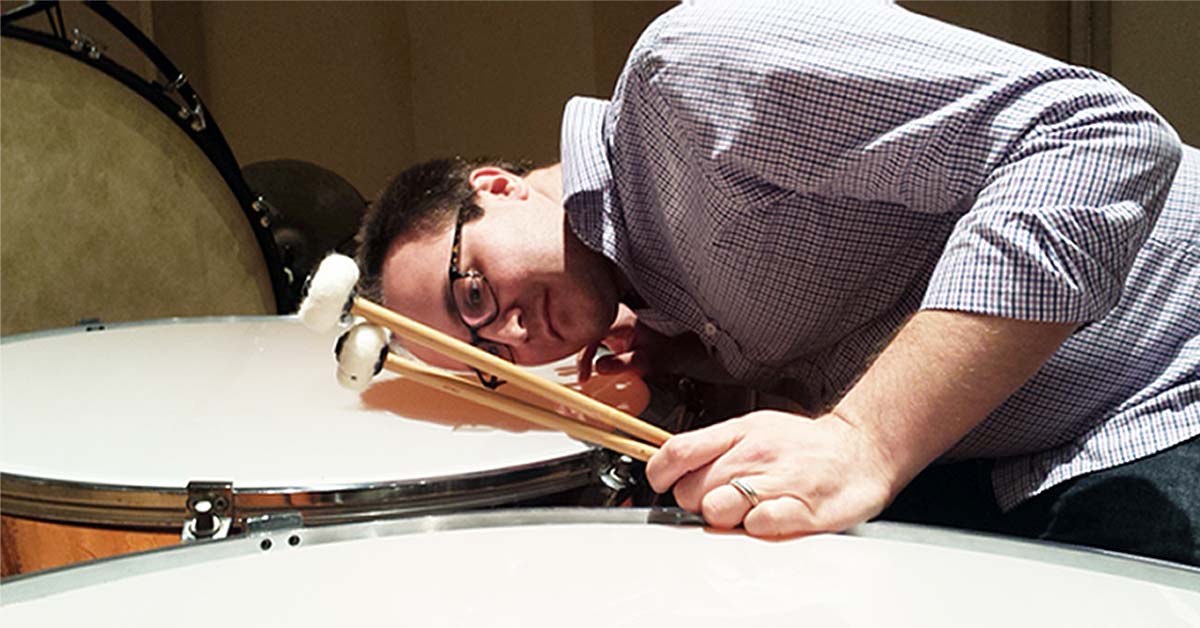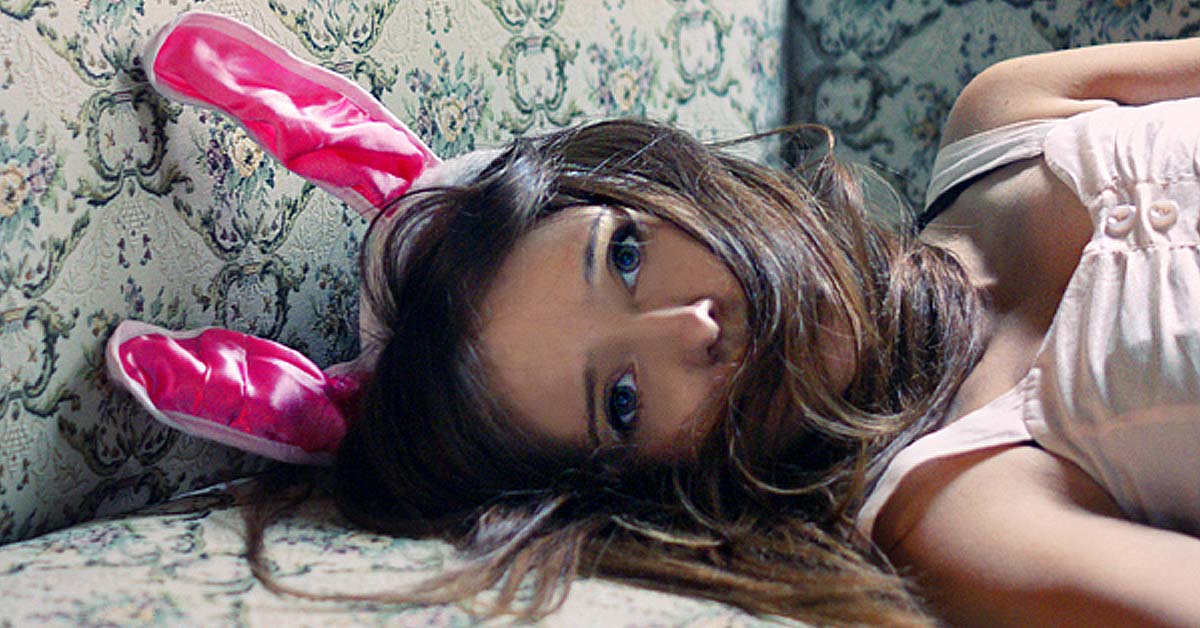I used to believe that while growing up I had no exposure to classical music or other forms of culture. My schools never had artists or musicians visit, my family never listened to classical music, opera was only something to be laughed at, and the first live orchestra I heard was one that I played in.
But luckily for me I grew up 25 years ago as a slightly obsessive compulsive child who watched an awful lot of television, especially cartoons; and my favorite cartoons were those made by Warner Brothers. Although I was completely unaware of it at the time, by watching those cartoons I was being exposed to wider variety of classical music than could have been obtained by attending a full subscription series to the New York Philharmonic.
We Owe It All To Carl Stalling
Thanks to the genius of staff composers like Carl Stalling I had a steady diet of music from all four periods of classical music as well as a smattering of medieval music (remember the one where Daffy Duck was “Robin Hood”?), not to mention regular doses of standard tunes, jazz favorites, and experimental music.
Carl worked at Warner Brothers for 21 years and produced the scores for over 600 cartoons, each in about three hours. Carl himself surmised that about 80 to 90 percent of each cartoon was original compositions, but he admitted to using his favorite popular tunes on a regular basis. “How Dry I Am” was a common tune for drunken characters, and Bugs Bunny’s (fairly regular) appearances in drag were accompanied by strains of “The Lady in Red”.
At Carl’s disposal was the Warner Brothers Orchestra, a 50 piece ensemble composed of studio musicians and led by Milt Franklyn. Carl expanded the technical range of nearly every instrument in the orchestra and often had to explain to the individual players what he was after.
Case In Point
Of course, most people are familiar with the powerhouse classical music cartoons such as Rabbit of Seville, What’s Opera Doc?, and Rhapsody Rabbit. Those cartoons all contain overt humor, but Carl’s best work went right by most people without them ever knowing it.
A few years ago I recorded a Bugs Bunny Marathon and after taping them I sat down to watch all twelve hours. It was about 2:00am when Water, Water, Everyhare (you know, the one with “Rudolph” the big hairy red monster who wears Converse high tops) came on and I sat in stunned silence as I listened to the cartoon.
As the cartoon begins it’s raining and the soundtrack is an orchestrated version of Chopin’s Db Major Prelude, titled “The Raindrop”, intermixed with a series of necessary musical moments to enhance the onscreen action. Over the next few minuets, Carl works in Brahms’ Lullaby which moves in and out of the Chopin Prelude seamlessly (we even get “How Dry I am” inserted when Bugs goes for a glass of water).
It just so happens that Chopin’s Raindrop Prelude is one of my favorite piano pieces to play so I’m intimately familiar with it. And the way Carl uses some of Chopin’s original transitions to move in and out of his orchestrated version of the Prelude and his original work are so good you’ll never notice it.
As the cartoon continues Bugs ends up getting washed out of his hole and floats down a river toward the ominous looking castle owned by the Evil Scientist (Boo). As the cartoon takes this menacing turn the music changes to the “thunderstorm” portion from the Raindrop Prelude to help set the mood.
When the scene changes we see the interior of the castle where the Evil Scientist working on his latest evil creation and the music transforms to an orchestrated version of Chopin’s C Minor Prelude. I won’t spoil the entire cartoon, but suffice to say you’ll get a good dose of standard rep performed in ways never intended by the composeres, including a especially “ethered up” version of William Tell (I wonder if the musicians got to ether up before recording the session?).
Watching that cartoon a few years ago was the first time I’d seen it since a child. I was astounded at everything I now recognized from a musician’s viewpoint throughout the cartoon and it was at that same time I also realized just how much exposure to classical music I really had as a kid.
It’s All In The Delivery
If anyone would have ever made me sit down and listen to “Chopin’s Db Major Prelude” as a kid I would have rolled my eyes and gone off into my own private world until the music stopped. But stick it in behind a Bugs Bunny cartoon and I couldn’t get enough of it.
Those Warner Brothers cartoons delivered a brand of humor that was simultaneously subtle and overt, and Carl Stallings’ soundtracks paralleled that same level of achievement. The real lesson to be learned is that quality outreach material is clever and appealing on a multitude of levels.
I don’t think I’ve ever met a professional musician that doesn’t love the music from those old Warner Brothers Cartoons. As a matter of fact, I don’t think I’ve ever met anyone that doesn’t love the music from those cartoons, so why is it so difficult to get people interested in classical music through contemporary outreach endeavors?
The delivery method has quite a bit to do with it. I doubt anyone at Warner Brothers was sitting around figuring out how to get people interested in classical music. The simply gave Stalling a task and said get it done by next Thursday; and that was it’s magic, it wasn’t contrived.
Carl used contemporary tunes and experimental techniques mixed with classical standards to deliver a product that made you want more (exactly like orchestra programming should be doing right now).
You can also learn quite a bit about the “great divide” where classical music began to separate itself from the mainstream cultural consciousness by watching those Warner Brothers cartoons, but that’s a topic best suited for another article.
Perhaps the next time orchestras consider having another Mozart Festival they should think about celebrating Carl Stalling instead. I bet they’d sell more tickets.










